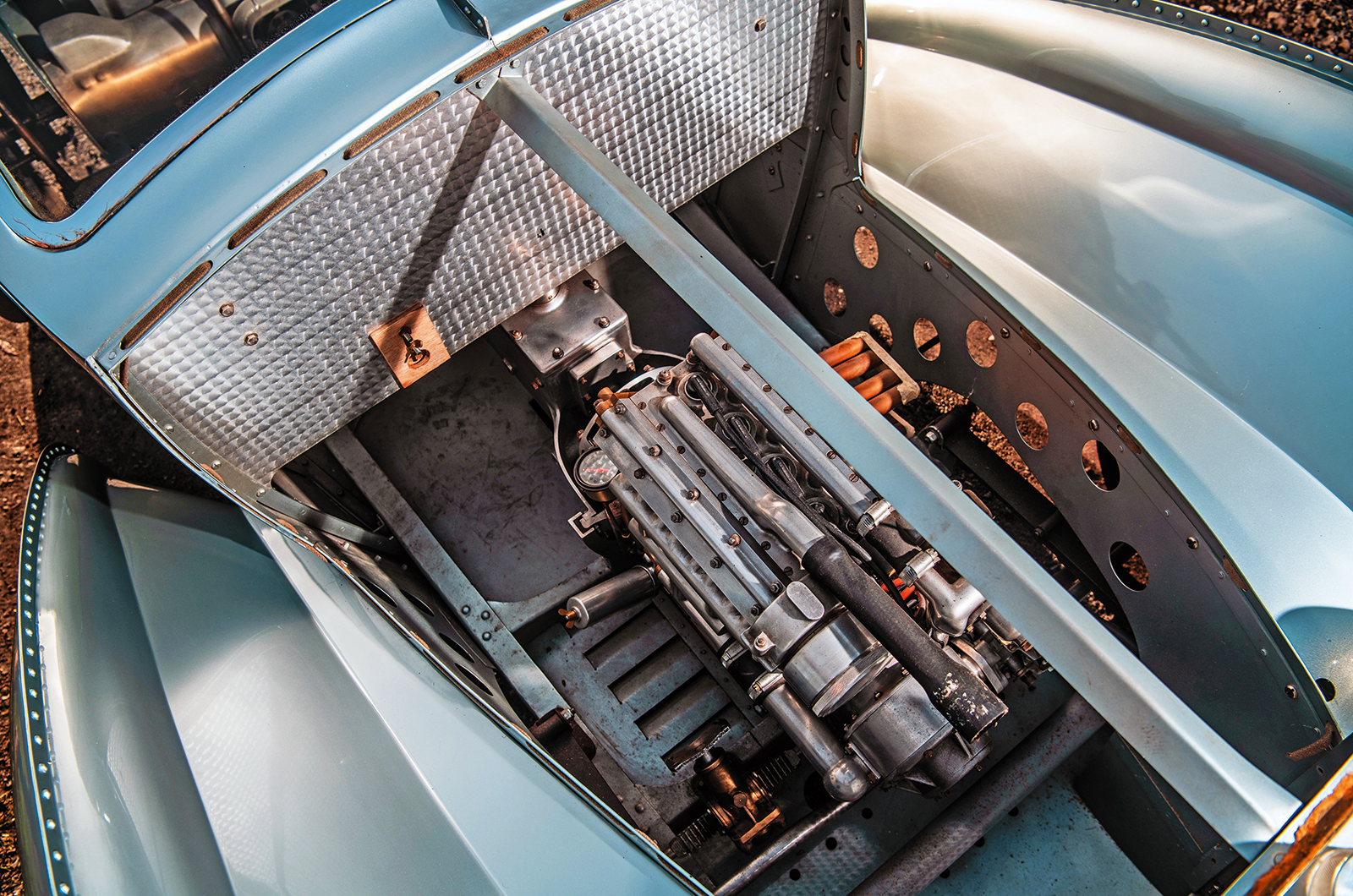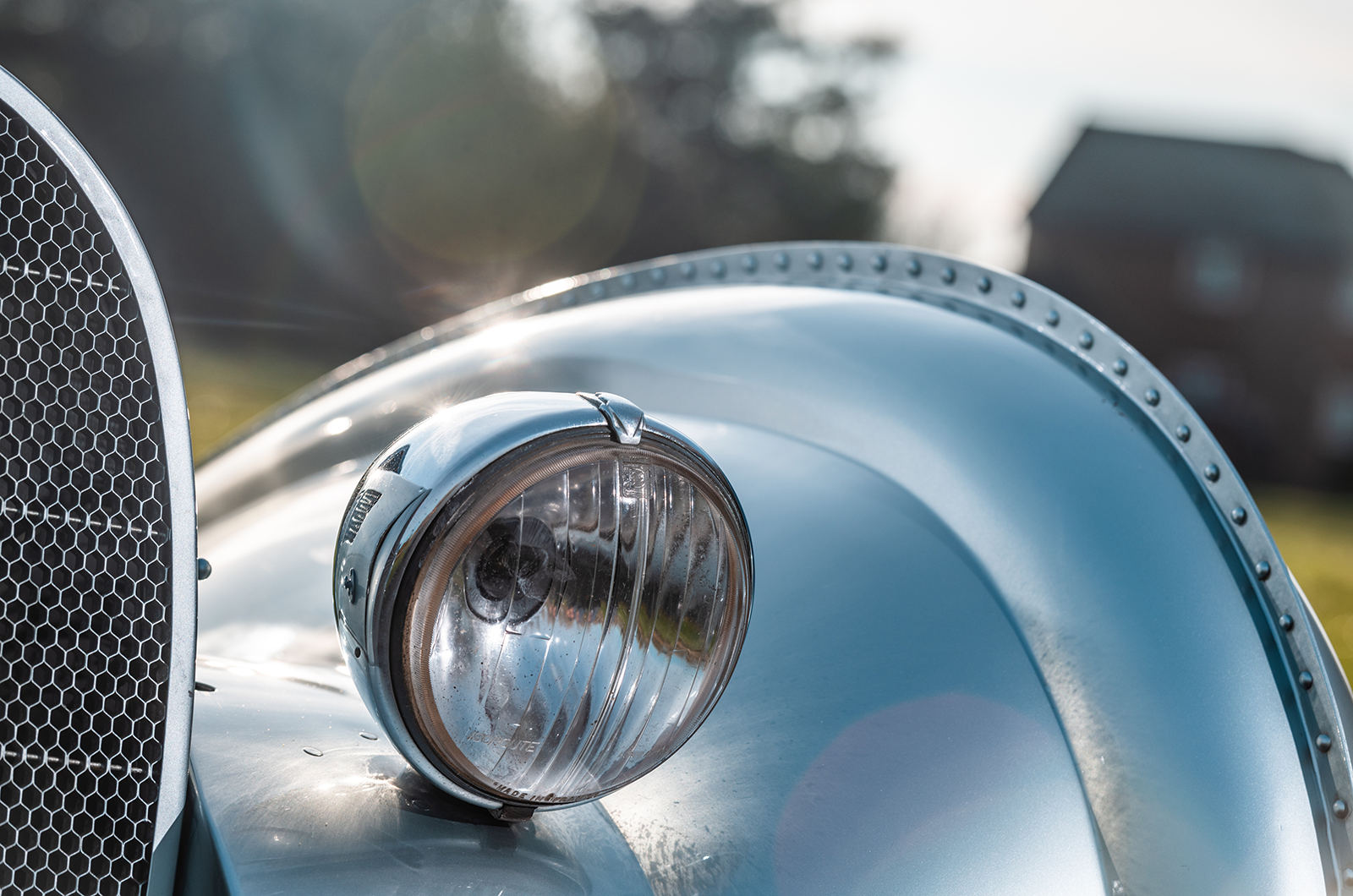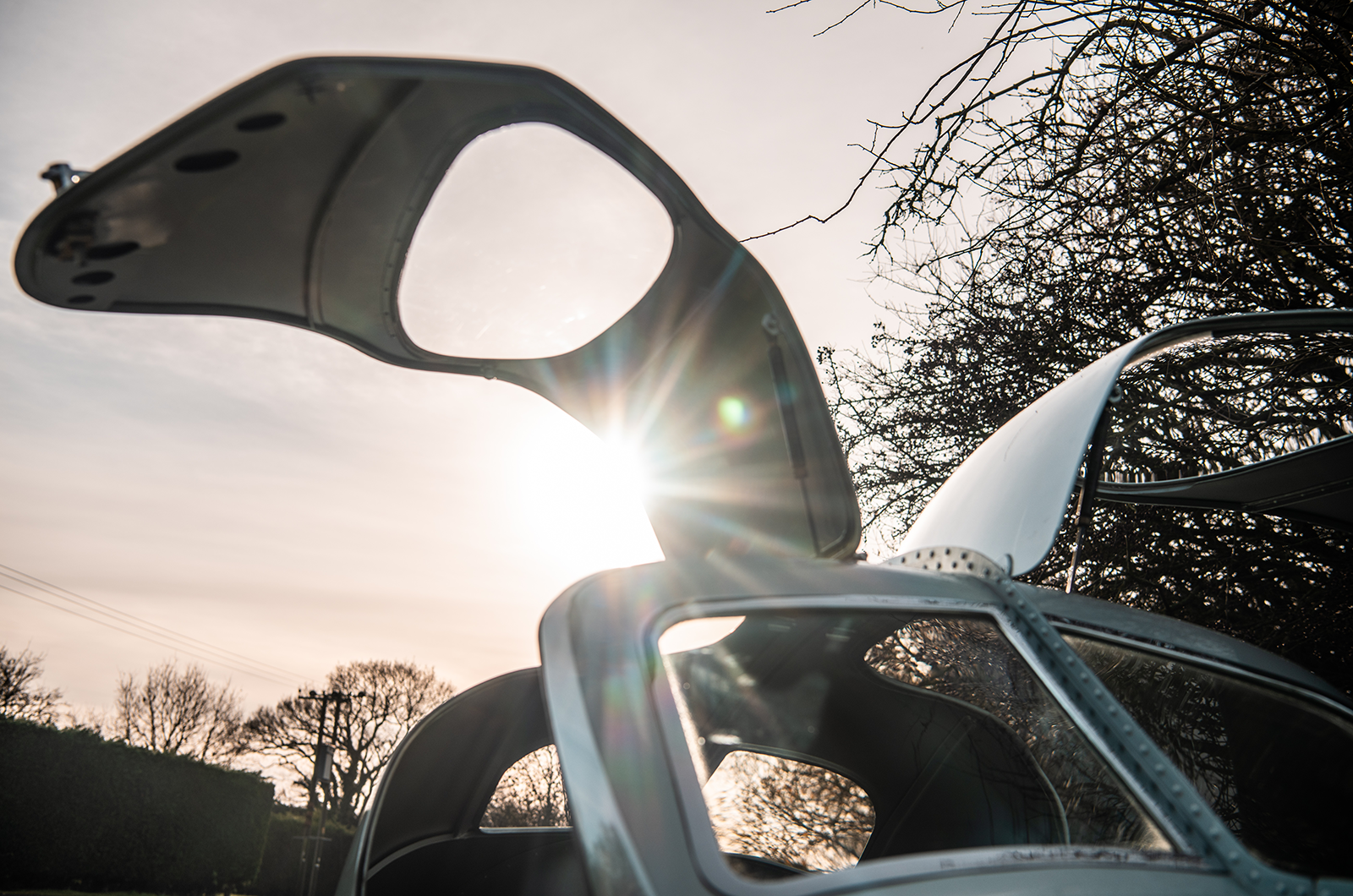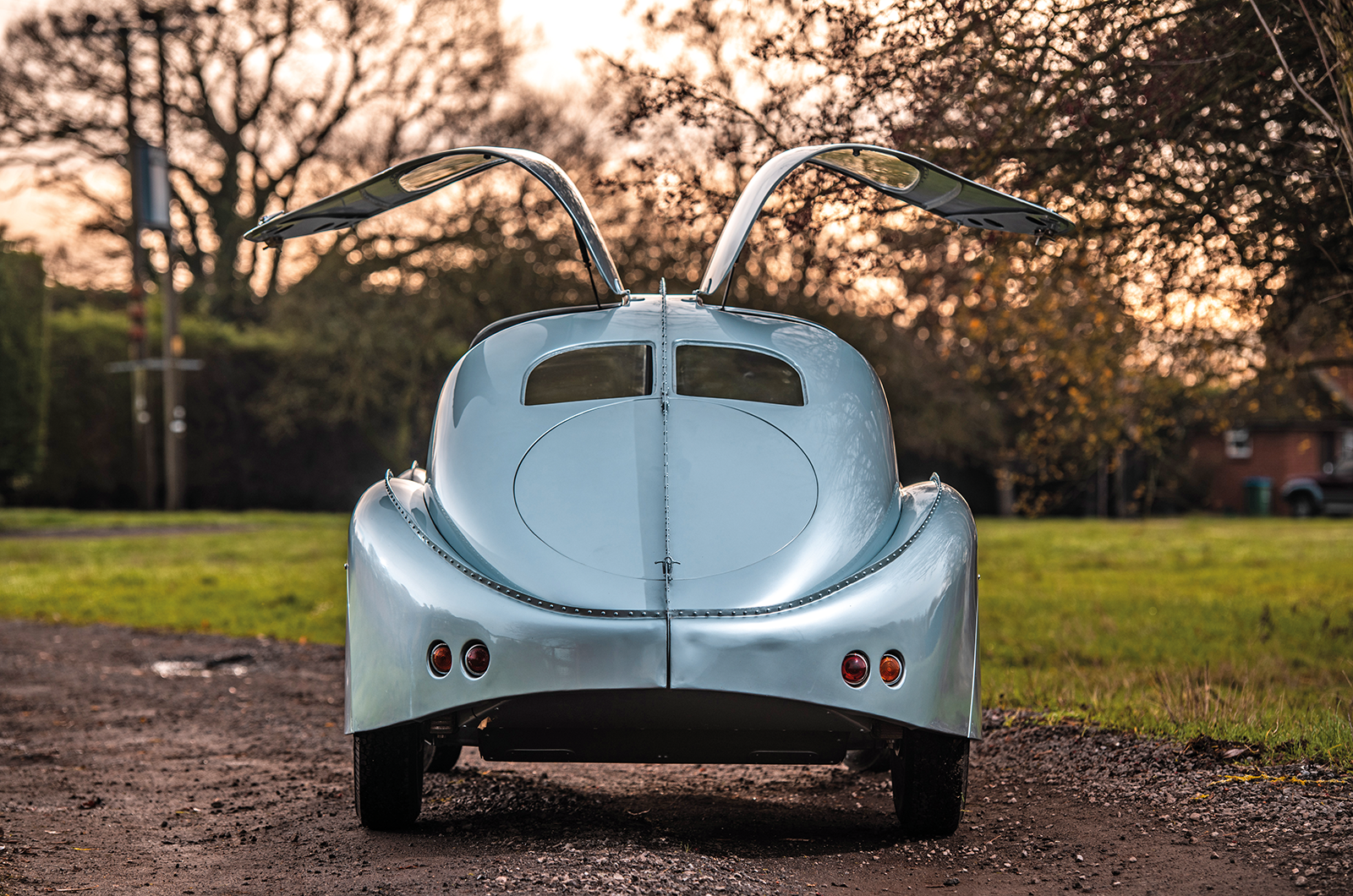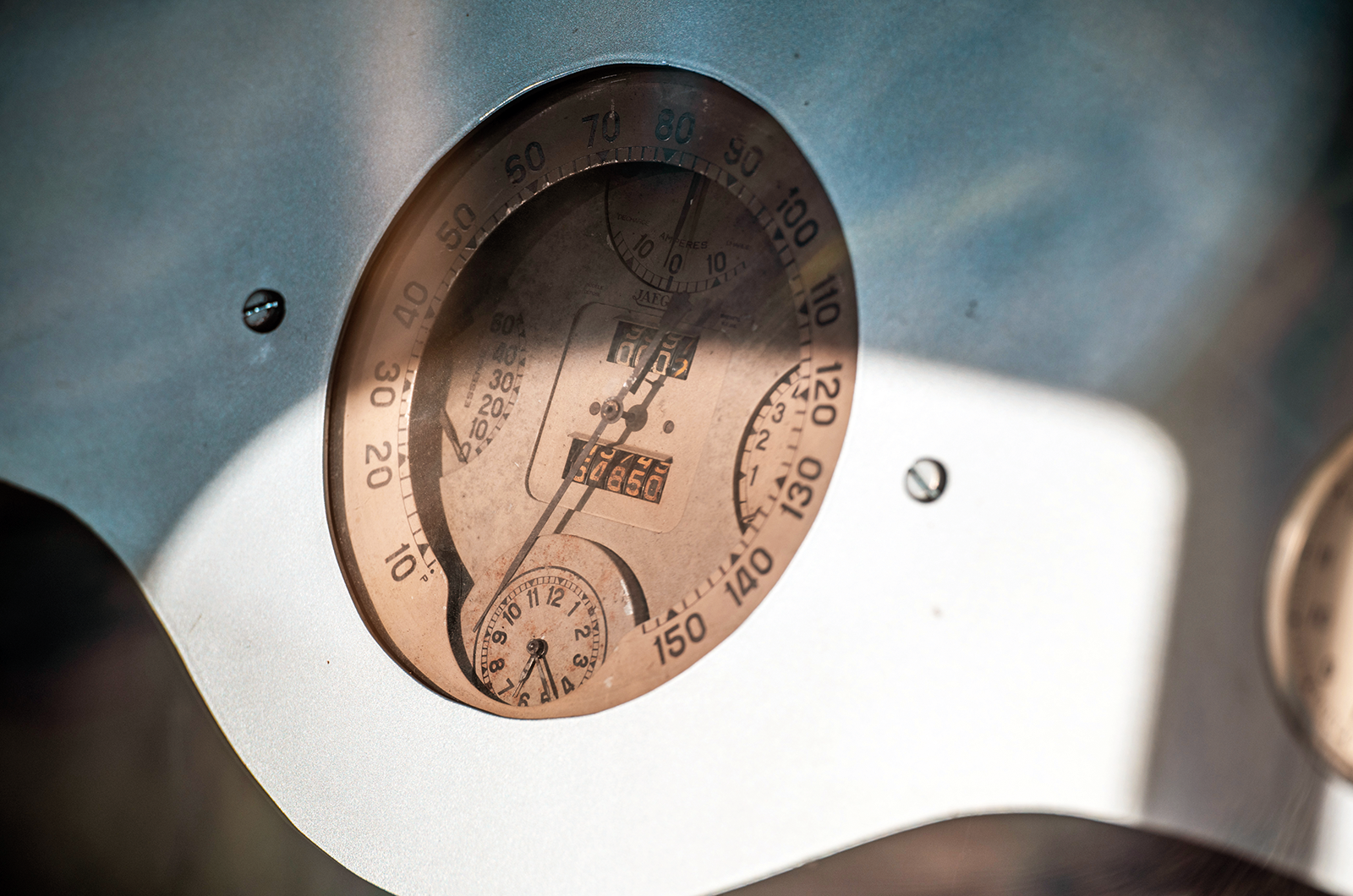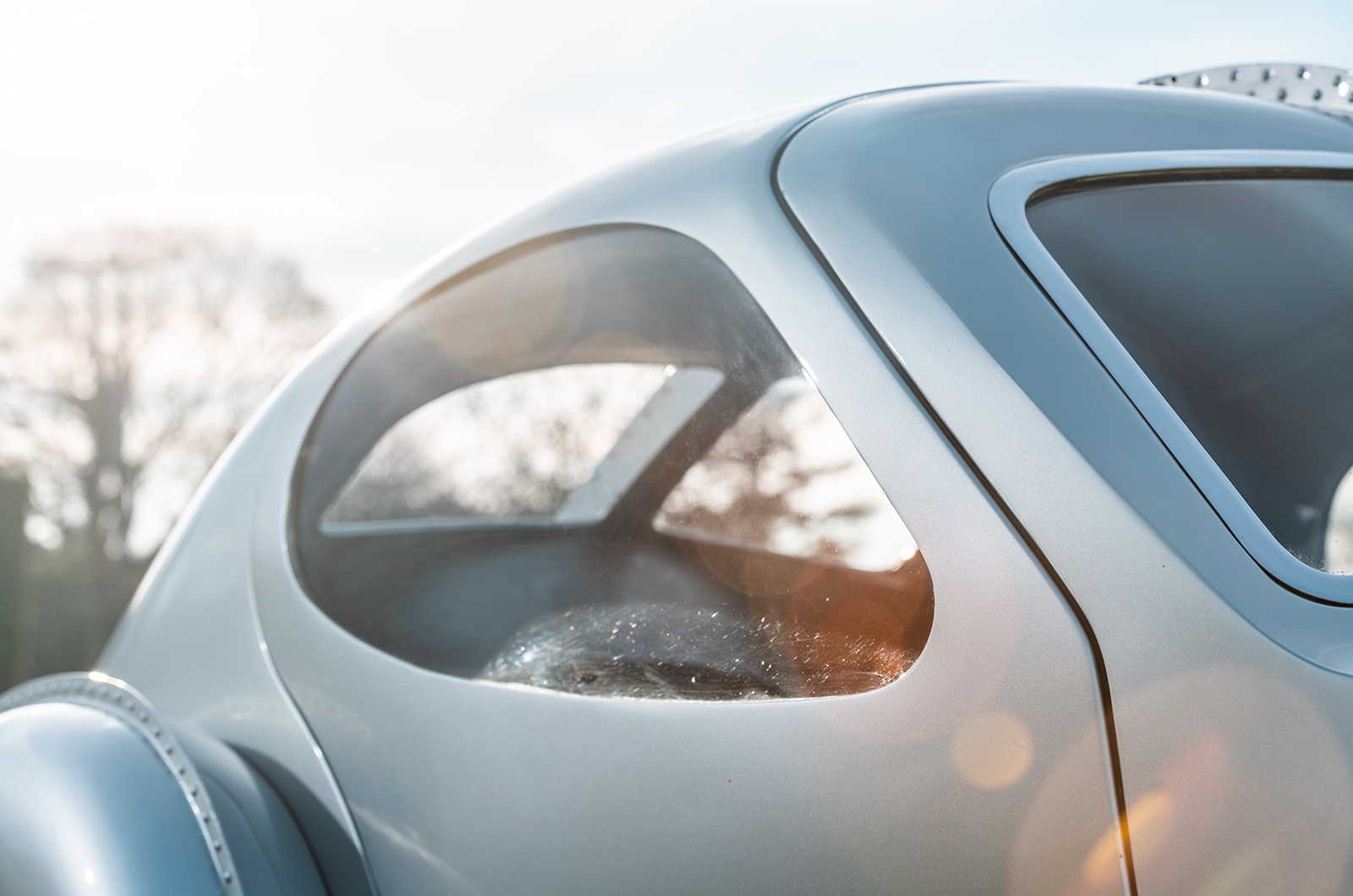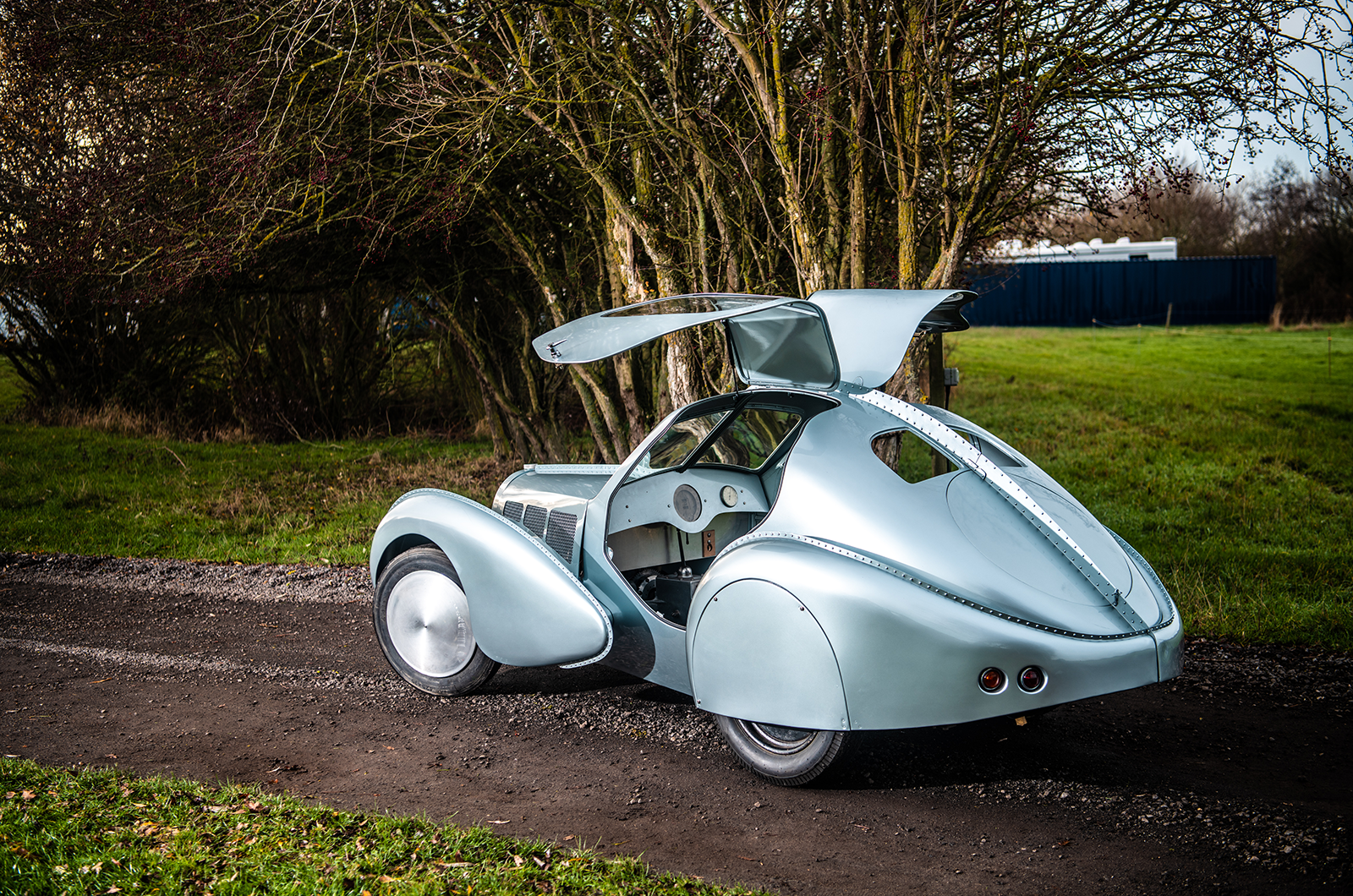
The huge diversity of Ettore Bugatti’s design projects is one of the many impressive achievements of the famed engineer.
From Grand Prix greats to factory workshop vices, powered bicycles to aero engines, few automotive legends tackled such a multiplicity of engineering challenges.
Despite the turmoil of war, the loss of his talented heir Jean, and the German occupation of his Molsheim factory, Ettore’s brilliant mind remained as prolific as ever.
The drawing board of his new office in Levallois-Perret, Paris, must have been thick with sketches and plans for ever more diverse ideas to rejuvenate the great marque in those turbulent times.
At the heart of these ideas was a series of new engines, ranging from a single-cylinder unit to mount on a bicycle to a 62-litre, eight-cylinder marine powerplant.

As always, automotive applications were the key focus, and none were more fascinating than the bold Type 68, a double-overhead-camshaft 318cc ‘four’ to power a new compact range for the immediate post-war age.
In addition to racers and high-performance exotics, Bugatti had a tradition of small, neat machines that harked back to the Edwardian era with the 855ccc Bébé Peugeot and the brilliant Type 13 ‘Brescia’.

